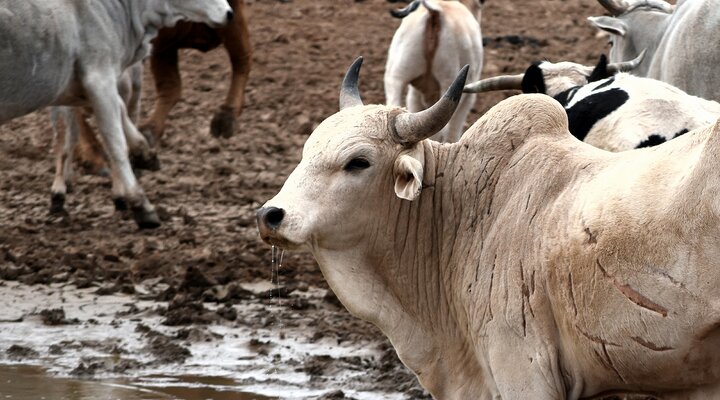Low-cost thermostabilisation of a Rift Valley Fever vaccine for veterinary use
Project summary
Vaccines are among the most cost-effective public health interventions ever developed. However, many of the currently available products require refrigeration in order to maintain their viability and ability to elicit a protective immune response in humans or animals. This requirement for a ‘cold chain’ has major cost implications, and remains a major challenge in the deployment of vaccines in resource-poor settings where uninterrupted supply of electricity to maintain a cold chain in fridges is unavailable. In this project we aim to develop and optimise a low-cost method of formulating vaccines to obviate the need for refrigeration. We will exploit the known properties of certain sugars, trehalose and sucrose, to thermostabilise live viruses when slowly desiccated on to fibrous membranes with minimal loss in viability. We will adapt an existing method to make it suitable for stabilisation of very low cost veterinary vaccine formulations, which are not purified to the same extent as human formulations. To demonstrate the utility of this new method, we will thermostabilise an advanced candidate vaccine in development for Rift Valley Fever (ChAdOx1 RVF) in humans and animals, and evaluate its viability and ability to elicit an immune response in mice following storage at low (4°C), medium (20°C) and high (45°C) temperatures for 6 months. If successful, the thermostable ChAdOx1 RVF will be further developed for commercialisation, both for the human and veterinary indications. The data generated in this project will also be useful in informing thermostabilisation protocols for other veterinary (and human) vaccines.
